On the way to a climate-friendly future
Profound know-how, many years of experience – and the passion to reconcile agriculture and climate-friendly energy production through intelligent solutions: We have developed our high-performance agri-photovoltaic systems on this basis.
At the same time, we are working intensively with partners from science and research to make our technologies even better, bit by bit. We are not only concerned with the efficiency and practicality of our systems, but also with species protection and careful management of the soil.
Some of our current projects from the area of research & development are presented on this page.
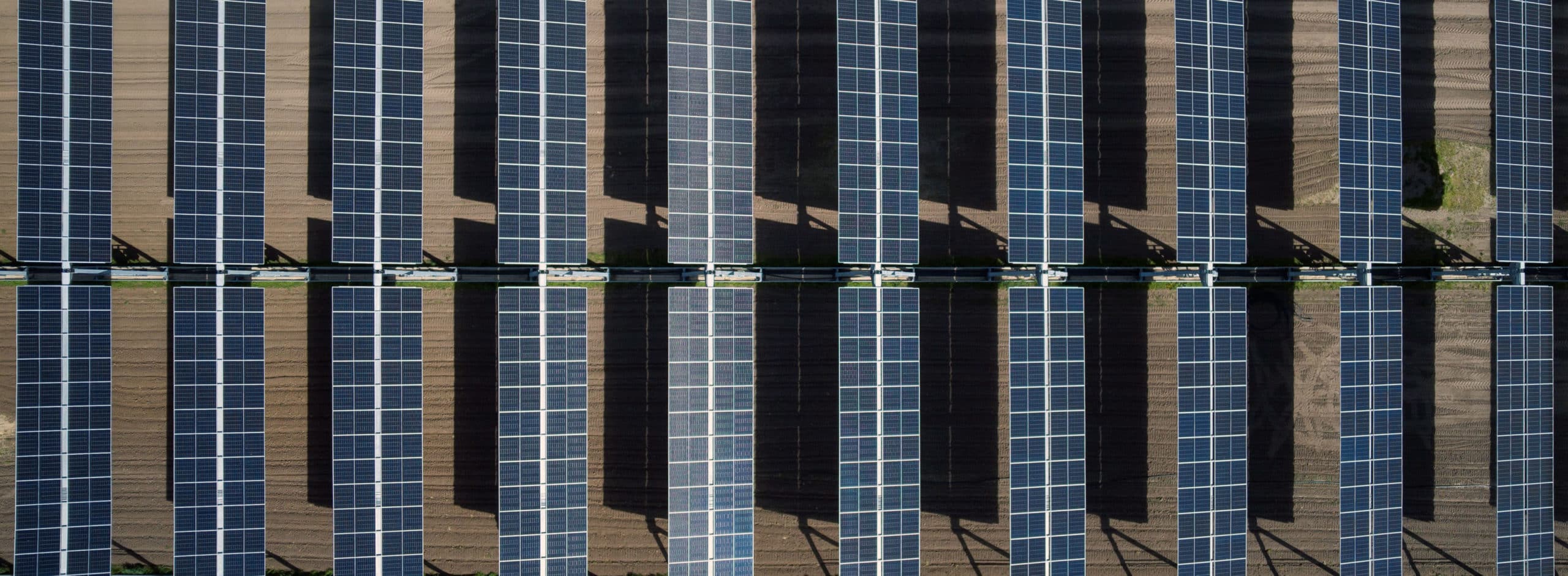
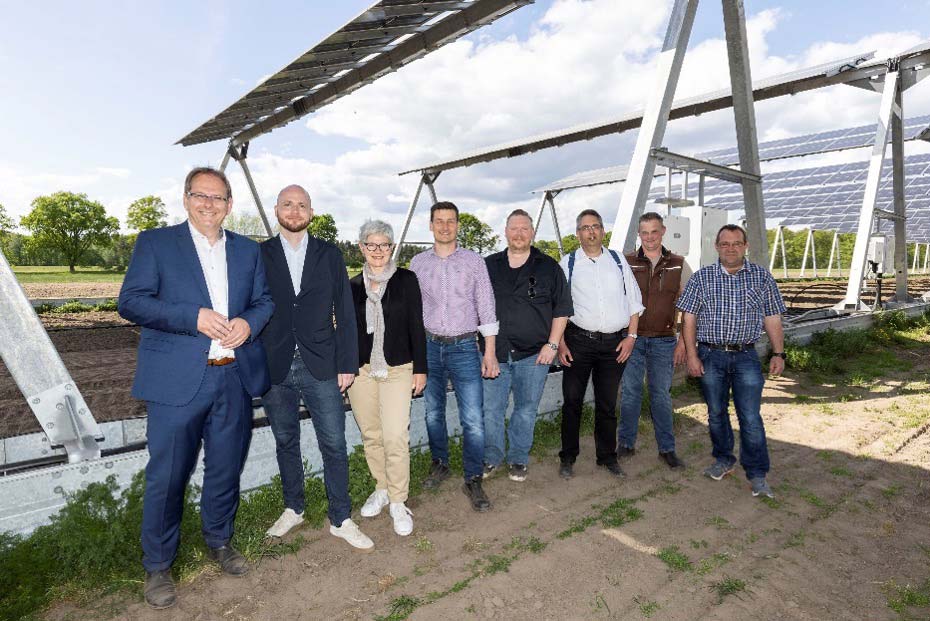
The EIP-Agri research project with Ostfalia University of Applied Sciences, the Lettenbichler farming community, Andreas Barge and Steinicke Haus der Hochlandgewürze GmbH on the topic of “Productivity and Sustainability in Agriculture” started in May 2022. The project contributes to the further development of competitive arable farming. Specifically, it is about water management and microclimate under an agri-photovoltaic system.
Methods for sustainable water management and water cycles are compared and optimized to create the preconditions for minimising water consumption even during dry periods. Due to the physical protection and partial shading of the cultivated area by the Agri photovoltaic systemand with the help of a comprehensive network of sensors, irrigation according to demand is to be made possible. In addition, erosion is to be reduced and the run-off of soil containing nutrients into adjacent water bodies is to be minimized. A highly topical issue in view of the advancing climate change.
“Here Europe invests in rural areas with the measure: European Innovation Partnership. This measure supports cooperation between agriculture, the food industry and science. The aim is to implement projects that lead to innovations and a strengthening of competitiveness in agriculture”.
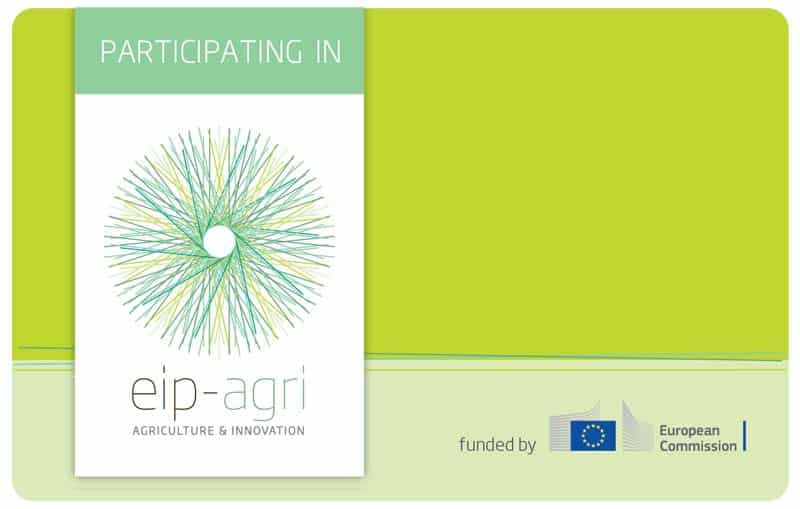
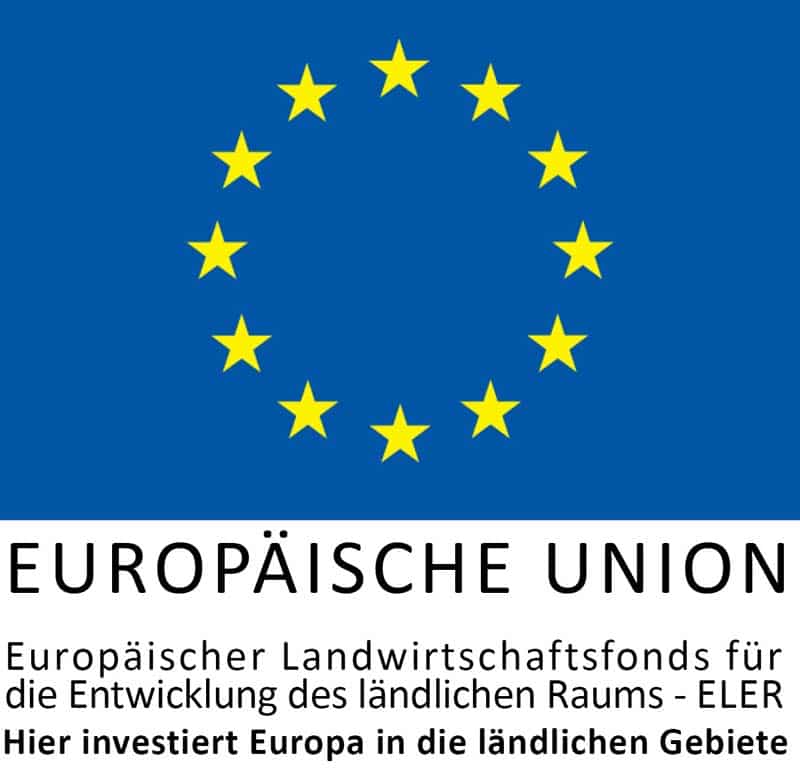
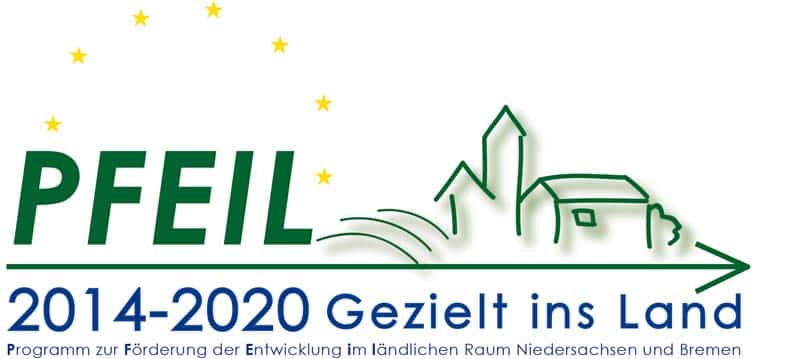
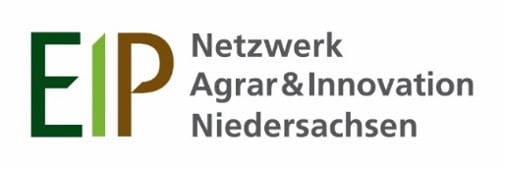
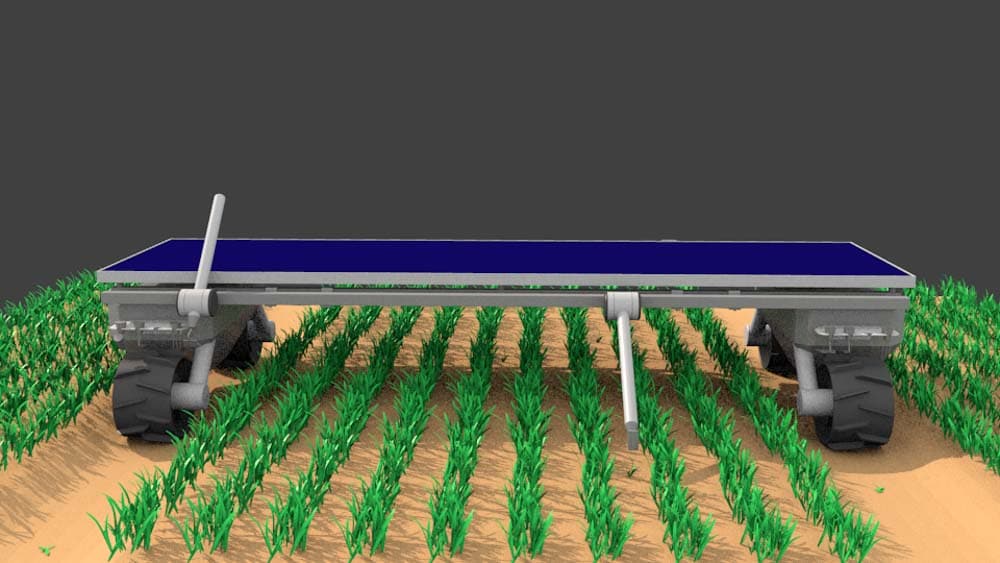
Over the past decades, agriculture has experienced significant increases in yields, which were largely achieved through fertilisers, breeding and the use of plant protection products. Socially, however, the resulting loss of biodiversity and environmental degradation are no longer accepted.
Policymakers are responding to this new situation by continuously reducing or banning the use of pesticides. Therefore, alternatives to classical crop protection are urgently needed. Mechanical or manual weed removal, as used in organic farming, could be such an alternative. However, it requires more time and effort. This increases production costs and reduces competitiveness.
The solution is area-specific management with the help of digital process technologies – so-called precision farming, for which plant-specific and environment-specific data are recorded and digitally processed with the help of sensor technology. For example, the nutrient concentration and water content in the soil, but also plant diseases and pests as well as weeds can be determined and stored with geo-referenced information.
The goal of robotics research at AgroSolar Europe is to develop and implement automation tools & machines that are able to detect and efficiently mechanically remove weeds through AI-based detection systems. The structure of AgroSolar Europe’s agri-photovoltaic systems offers the best conditions for this – and thus creates the basis for targeted, demand-oriented and efficient cultivation of agricultural land – completely without chemicals!
In our development centre in Trins (Austria), we continuously research how healthy soil can be maintained and built up in the long term. Agri-photovoltaic systems play a central role in this. “The soil is the farmer’s most important asset – if the soil is healthy, the plants are healthy and if the plants are healthy, so are the animals,” says Franz Hilber, farmer and shareholder of AgroSolar Europe.
The problem is well known: Agriculture that is too intensive or done incorrectly depletes the top layer of the soil – i.e. the humus. Humus is the dark brown, airy soil that is created when earthworms, nematodes, fungi and bacteria break down the remains of plants and animals. It consists of more than 50 percent carbon. In total, four times as much CO2 is stored in the earth’s soils as is currently present in our atmosphere.
When humus is destroyed, the soil loses its moisture, large amounts of greenhouse gases escape and further drive climate change. With our accompanying research on agri-photovoltaic systems, we are therefore developing a process that stops and even reverses the escape of greenhouse gases so that humus build-up can take place again in a targeted manner. This not only benefits the climate, but also farmers who operate an agri-photovoltaic system, as they can generate additional income by trading the corresponding certificates.
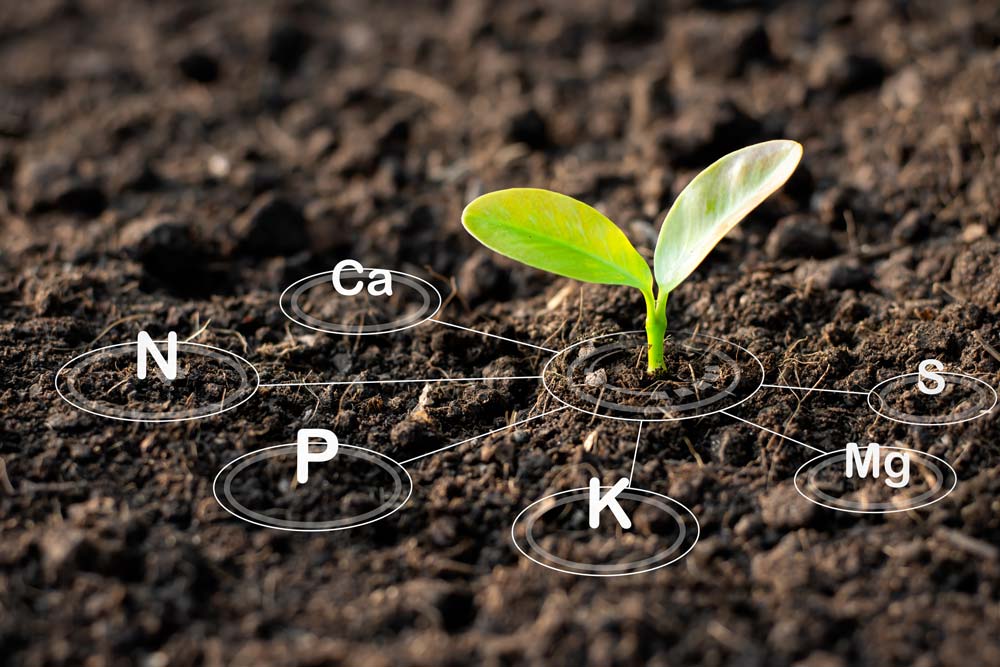
Species protection and biodiversity play an important role in the expansion of renewable energies. In the case of agri-photovoltaic systems, for example, the question arises as to what impact they have on birdlife in agricultural landscapes. Do they limit the attractiveness of the areas used for breeding and foraging, or do they perhaps even promote it? And what challenges might arise for farms in this context?
Together with our university partners, we conduct accompanying scientific studies around our systems in order to gain sound knowledge on this topic.
This involves investigating:





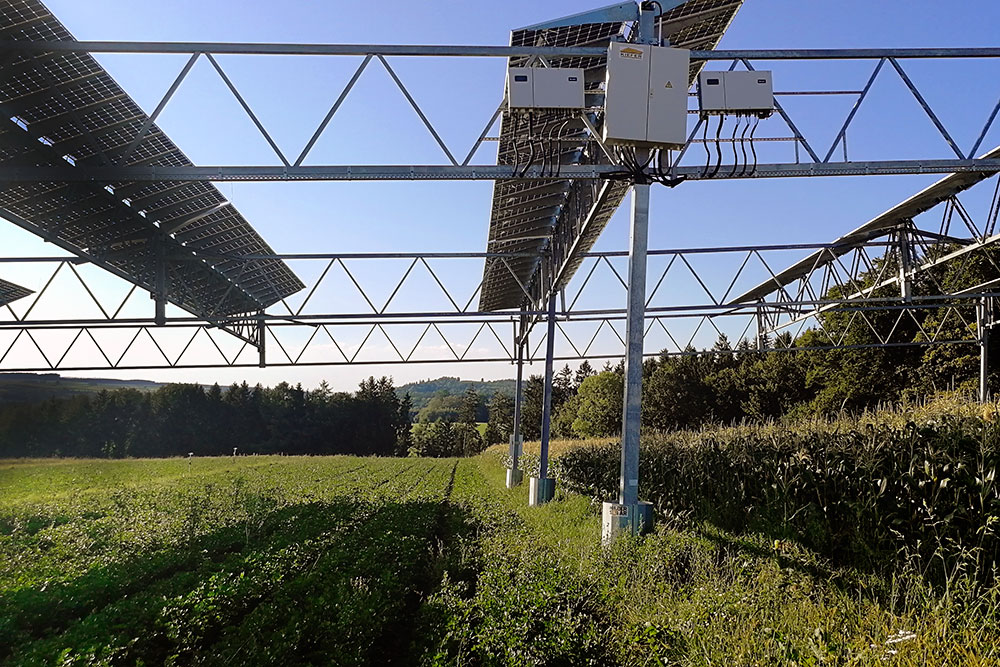
As one of the main shareholders of AgroSolar Europe, Hilber Solar built Germany’s first agri-photovoltaic plant in Heggelbach in 2016 in cooperation with the Fraunhofer Institute for Solar Energy Systems ISE.
Thanks to the pilot plant built in cooperation with Hofgemeinschaft Heggelbach, it was possible to prove that Agri-PV can be successfully used on farms.
Numerous press reports and research evaluations over the years prove the success.
You need to load content from reCAPTCHA to submit the form. Please note that doing so will share data with third-party providers.
More InformationYou need to load content from reCAPTCHA to submit the form. Please note that doing so will share data with third-party providers.
More InformationYou are currently viewing a placeholder content from Google Maps. To access the actual content, click the button below. Please note that doing so will share data with third-party providers.
More Information